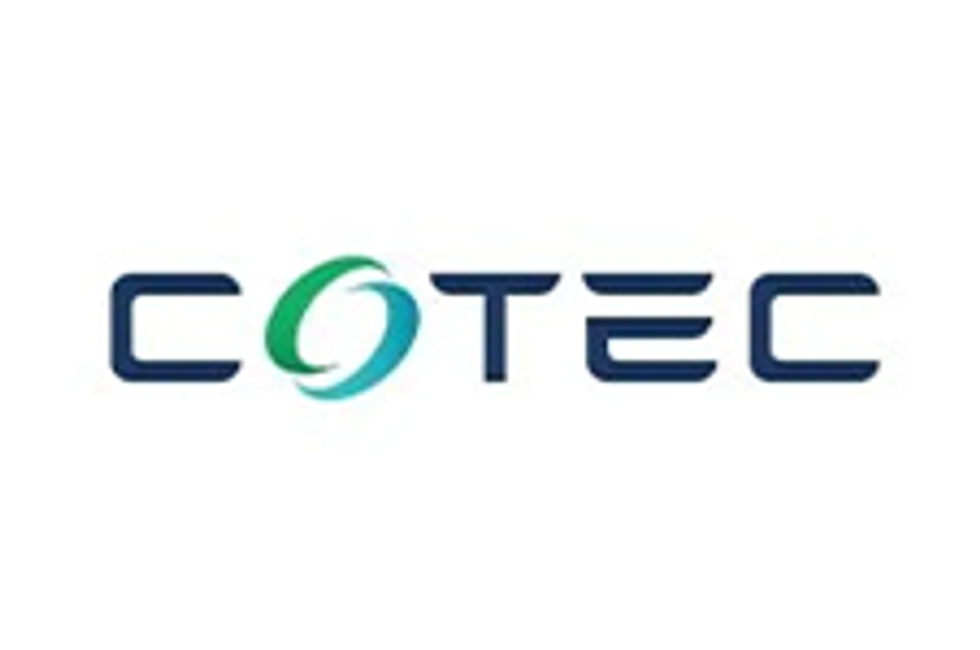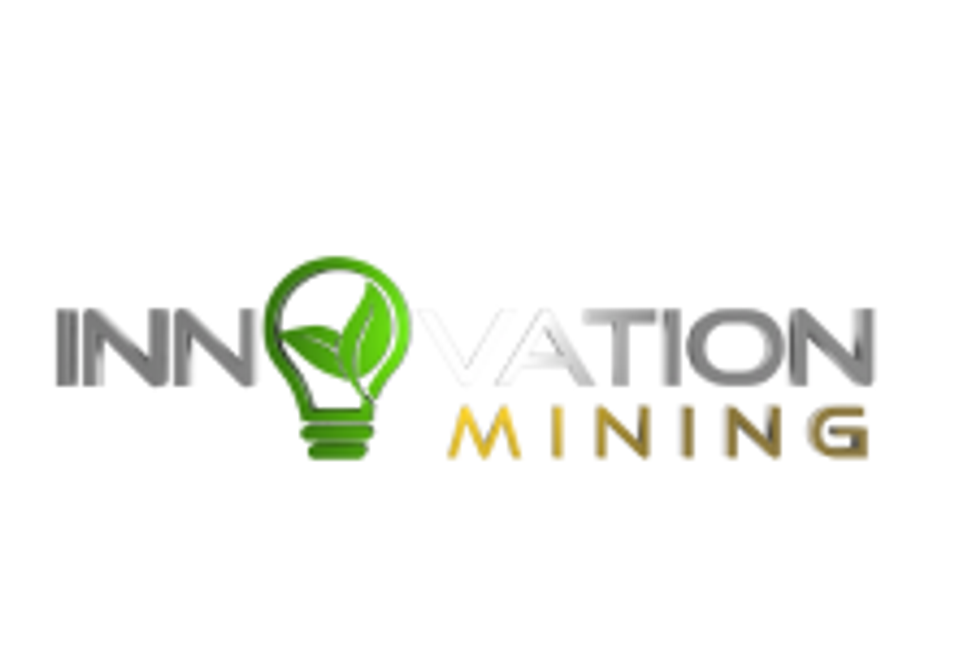Silicon’s Importance to the Solar Power and EV Battery Markets

Silicon, found abundantly just beneath the planet’s surface, is the second-most-abundant element in the Earth’s crust.
Silicon, found abundantly just beneath the planet’s surface, is the second most abundant element in the Earth’s crust.
Traditionally used in the construction of alloys for welding and brazing, its relatively newfound celebrity arrived in the late 20th century with the rise of silicon-based technologies in the Santa Clara Valley, which gave the region its well-known moniker: Silicon Valley.
Transcending microchips, new uses for silicon have transformed it into an essential component in the move towards renewable energy. Unlike typical metals, silicon is an excellent semiconductor which becomes more conductive as its temperature increases, making it critical in harvesting solar energy.
“Silicon is one of the most unknown materials that’s used in everything from solar to pharmaceuticals,” HPQ Silicon (TSXV:HPQ) CEO Bernard Tourillon told INN. HPQ holds a portfolio of high-grade quartz properties in Quebec, Canada. Working towards becoming a vertically-integrated company across the quartz-to-solar cell value chain, HPQ has also partnered with PyroGenesis Canada (TSXV:PYR) to create a new carbothermic process to transform quartz into solar grade silicon in one step alone.
Silicon is also becoming an increasingly crucial component in the electric vehicle (EV) revolution, gaining fame as another prong in the battle against carbon emissions. The addition of silicon in the battery’s anode allows for the construction of longer-lasting lithium-silicon batteries. Projections from Persistence Market Research see lithium-silicon batteries remaining dominant through 2024 and beyond.
The reign of renewable energy
Solar power is now the most popular new form of electricity generation today. In a 2017 report, the Renewable Energy Policy Network for the 21st Century tallied the amount of energy generated by newly built power sources in 2016. The report found that more electricity was being generated by newly built solar panels than by any other method, surpassing wind, coal, gas and nuclear power for that year.
One reason for solar’s rise may be its cost. Renewable energy like wind and solar are now cost-competitive almost everywhere and are expected to become even cheaper. Whereas hydro power requires dams and other infrastructure, and biofuels require vast amount of crop residue, solar power and wind are virtually unlimited resources. The rise of wind and solar power has been so astronomical that other clean-energy technologies have only a limited chance of challenging their position for the next decade.
In 2018, BP forecasted a 400 percent growth in global renewable energy use by 2040, with solar power predicted to experience significant growth. Besides being cost-effective, solar power also ranks incredibly high in opinion polls. The Pew Research Center found in 2016 that “89 percent of Americans favor more solar panel farms,” while only nine percent oppose them.
Renewable countries and corporations
Helping to pave the way for a renewable energy future are corporations like Facebook (NASDAQ:FB). The globally-reaching company announced its aim to derive a minimum of 50 percent of its energy consumption from clean energy sources by 2018. Microsoft (NASDAQ:MSFT), in conjunction with Dominion Virginia Power, is also working with state officials to create a 20-megawatt solar project in the state.
In international rankings, the undisputed national leader in renewable capacity growth is China. The nation’s work towards counteracting air pollution due to industrial output has led to China accounting for the over 40 percent of global renewable capacity growth. Today, Chinese companies manufacture approximately 60 percent of all solar cells annually while China accounts for half of all solar photovoltaic power demand globally. The United States places second in the global rankings of solar power production, with Japan, India and Germany close behind.
Silicon in the EV revolution
Research by the Okinawan Institute of Science and Technology found silicon to offer “great advantages over carbon graphite for lithium batteries in terms of capacity,” adding that, although six atoms of carbon are needed to bind a single atom of lithium, a single silicon atom can bind four atoms of lithium simultaneously, essentially “multiplying the battery capacity by more than 10-fold.”
The downside to silicon anodes is that they expire more quickly, but companies like Sila Nanotechnologies are building prototypes which combine silicon and graphite to store as much as 20 to 40 percent more power than contemporary lithium-ion batteries, with BMW aiming to incorporate the technology into their designs by 2023.
Australian tech-firm 1414 Degrees announced in 2017 that they had designed a prototype molten silicon storage device which could easily surpass the Tesla 14KWh Powerwall 2 lithium ion battery’s capabilities. According to the company’s chairman, Kevin Moriarty, the prototype could store roughly 36 times as much energy while being roughly the same size as Tesla’s design.
Silicon in the energy metals market
In March 2018, Fortune reported that the transition from lithium-ion batteries to lithium-silicon could someday increase rechargeable battery life by as much as 30 percent, resulting from silicon anodes’ ability to hold more charge than their graphite counterparts.
Thanks to the EV revolution, the lithium, vanadium and cobalt markets are also greatly benefiting from the shift towards zero-emissions energy. The advantage silicon holds over its competitors, however, is its abundance.
Cobalt, one component of lithium-ion batteries, is seeing an uptick in interest in 2018. Prices rose in the first quarter thanks to an increasing demand from the battery sector, alongside more traditional uses of cobalt in superalloys. However, over fifty percent of the metal is sourced from the conflict-stricken DRC where questionable labor practices and a lack of transparency are commonplace. Coupled with increased mining royalties and an insurgency in the east, unease over cobalt supply abound.
The lithium market faces different concerns, namely potential oversupply, as well as the sector’s history of delays in mine ramp ups and processing problems. Addressing investors’ concerns at the 2018 PDAC convention, Alex Laugharne, a principal consultant at CRU Group, said the lithium market is “moving from a deficit into a sort of fairly balanced situation through 2018 to 2019, and that will keep prices relatively well elevated around where they are at moment.”
Vanadium prices rose in 2017, increasing from $25 per kilogram in the first quarter to $27 per kilogram in the second. Used primarily to produce high-strength steel and chemical catalysts, Vanadium is generating excitement based on its potential capabilities within vanadium redox flow batteries.
When compared to metals like lithium in the green-tech space, silicon is growing enormously. Global production of silicon reached 7.2 million metric tons in 2016, of which China produced 4.6 million metric tons. “The silicon market its already a $6 billion per year market and its growing 10 percent year over year, so it’s already six times the size of the lithium market,” said Tourillon.
Takeaway
Silicon’s abundance, combined with its applications in technologies like solar-panels and microchips, makes it one of the preeminent components of innovation in the 21st century. With the ongoing shift towards green energy driving solar farm and rechargeable battery production, the silicon market seems on-track to continue its tremendous growth.
This article was written according to INN editorial standards to educate investors.





